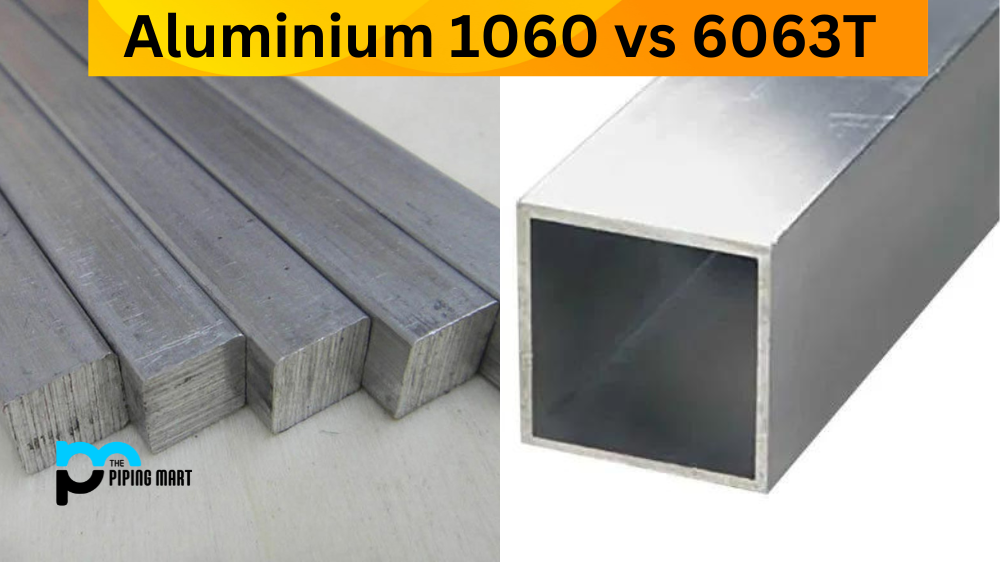A36 and mild steel are two of the most common types of steel used in the construction industry. But what exactly is the difference between them? In this blog post, we will go over the properties and uses of both materials to help you determine which is best for your project.
A36 Steel Properties
A36 steel is a low-carbon alloy that has very good strength and ductility. It contains manganese, sulfur, phosphorus, and silicon as alloying elements that give it excellent weldability and machinability. It has a yield strength of 36ksi and an ultimate tensile strength of 58ksi. This makes it suitable for applications where strength and rigidity are essential. Additionally, its low carbon content helps to reduce atmospheric corrosion when used outdoors.
Mild Steel Properties
Mild steel is also known as low-carbon steel due to its relatively lower carbon content than other steel. Its chemical composition consists of iron, manganese, sulfur, phosphorus, and silicon as alloying elements, making it more malleable than different steel grades. It also has higher tensile strength (60ksi) than A36 but has lower yield strength (32ksi). This makes it better suited to applications with more flexibility, such as automotive frames or brackets.
A36 vs Mild Steel Uses
Due to its many desirable properties, A36 is a popular choice for structural projects such as bridges, buildings, pipelines, ships, vehicle frameworks, etc. On the other hand, mild steel is often used in fabrication projects due to its superior malleability compared to A36 steel – making it easier to shape into complex designs with fewer pieces than stronger materials such as stainless or aluminium alloys.
Difference Between A36 and Mild Steel
- A36 Steel is cheaper than Mild Steel.
- A36 Steel is more ductile than Mild Steel.
- A36 Steel has a lower carbon content than Mild Steel.
- A36 Steel is more weldable than Mild Steel.
- A36 Steel is more machinable than Mild Steel.
- A36 Steel has a higher yield strength than Mild Steel.
Conclusion
Both A36 and mild steel have respective advantages regarding their properties and uses in construction projects. Depending on your project’s needs, you can choose either material – considering factors like cost efficiency or flexibility – or may decide that both materials have complementary qualities making them useful together in certain applications. Ultimately your decision should be based on understanding the differences between these two materials so you can make an informed choice about which is suitable for your project!
Meet Heer, a dynamic and driven writer learning tricks of her trade in the metal industry. With a background in Digital Marketing, Heer brings a unique perspective to her writing, sharing valuable insights. Apart from blogging she like reading and hiking.




